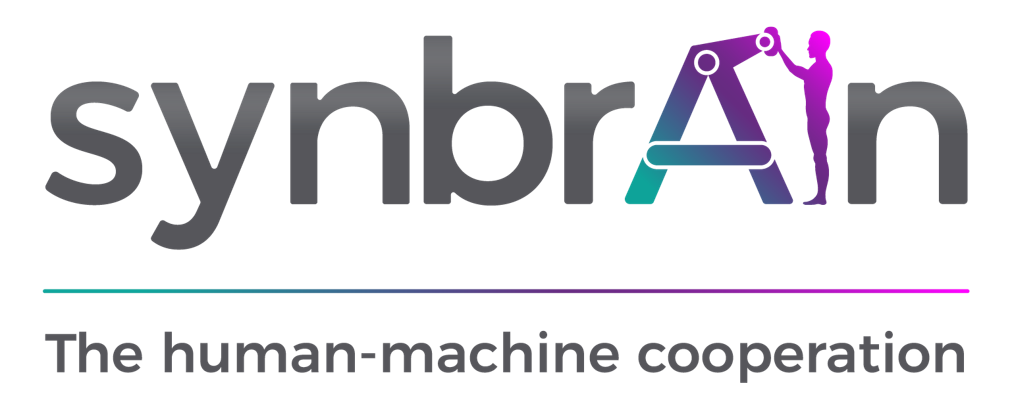Abstract
The aim of the study is to show whether it is possible to predict infectious disease outbreaks early, by using machine learning. This study was carried out following the guidelines of the Cochrane Collaboration and the meta-analysis of observational studies in epidemiology and the preferred reporting items for systematic reviews and meta-analyses. The suitable bibliography on PubMed/Medline and Scopus was searched by combining text, words, and titles on medical topics. At the end of the search, this systematic review contained 75 records. The studies analyzed in this systematic review demonstrate that it is possible to predict the incidence and trends of some infectious diseases; by combining several techniques and types of machine learning, it is possible to obtain accurate and plausible results.
Conclusion
The use of machine-learning models for the early or real-time verification of epidemics is a new and innovative field that today presents many study methodologies, and this makes it difficult to compare studies from a methodological point of view even if almost all of them come to the same conclusion, which is that the outbreak of major infectious diseases can be monitored.
Concerning public health and preventive strategies, this study suggests that machine learning is a new tool that can be widely used for public health practice. On the basis of the evidence collected so far, we can hypothesize that the research objectives explored so far and the results generated can be considered preliminary and that new research questions and new applications of this method can be developed in the future. In light of the recent outbreaks of infectious diseases that have occurred around the world over the past few decades, machine-learning models offer an opportunity to monitor the introduction and spread. Furthermore, their use in scientific research is expected to grow and become more and more used in the daily life of the healthcare world.
The results showed that with the association of multiple machine-learning models, it is possible to spatially and temporally predict the trends or the incidence of infectious diseases, and future research efforts will allow the construction of more-precise and more-plausible models. In conclusion, the combination of different data sets improves the results. The most probable ones are obtained when the data source is not unique, but if different data are used in this way, the results are more likely to be accurate. For future research, the integration of machine-learning models is suggested to improve existing standard epidemiological models in terms of accuracy.
Questo è uno degli articoli scientifici pubblicati da uno o più collaboratori e data scientist di synbrAIn.
Se sei interessato a saperne di più, leggi l’intero articolo qui.




